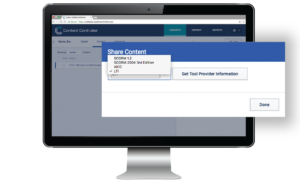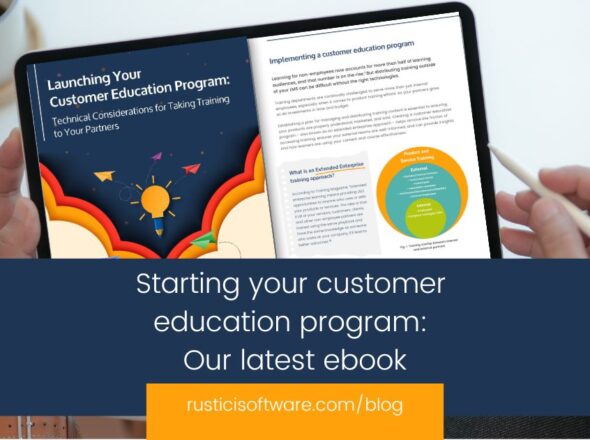Here at Rustici Software, we work with a lot of different standards. The initial release of Content Controller in early 2016 allowed users to import SCORM 1.2, SCORM 2004, AICC, and xAPI-based “Tin Can” packages, as well as custom content using our Rustici Cross Domain API (we called it SDXD at the time). In September 2017, we added support for importing cmi5 packages as well. Regardless of how it was created, all content could then be shared with LMSs as SCORM 1.2, SCORM 2004, or AICC. As of Content Controller v2.1, you can also share your content as an IMS LTI tool provider.

Why so many options? Our idea was a simple one: we want you to build your content in a way that makes sense for you, using the tools and technology that you prefer, and then make it available to your customers in a way that they can use. If you want to create your content using all the neat features and xAPI-based results tracking available in, say, cmi5, you can still make it available in an LMS that only supports SCORM 1.2.
We initially chose SCORM 1.2, SCORM 2004 (3rd edition, to be more specific), and AICC as the options for sharing content because they’re the lowest common denominator for standards supported by LMSs. Nearly every LMS supports at least one of those three standards, so we felt like our bases were covered. And we were mostly right about that, at least in the corporate and government spaces, where SCORM is ubiquitous.
However, there is another eLearning ecosystem where SCORM and AICC are less popular and less well supported: K-12 and higher education. If you want to provide content as a service in that space, which many Content Controller users have told us that they do, then LTI is the way to do it. We listened to our customers, and added LTI as a method for sharing content in Content Controller v2.1.


